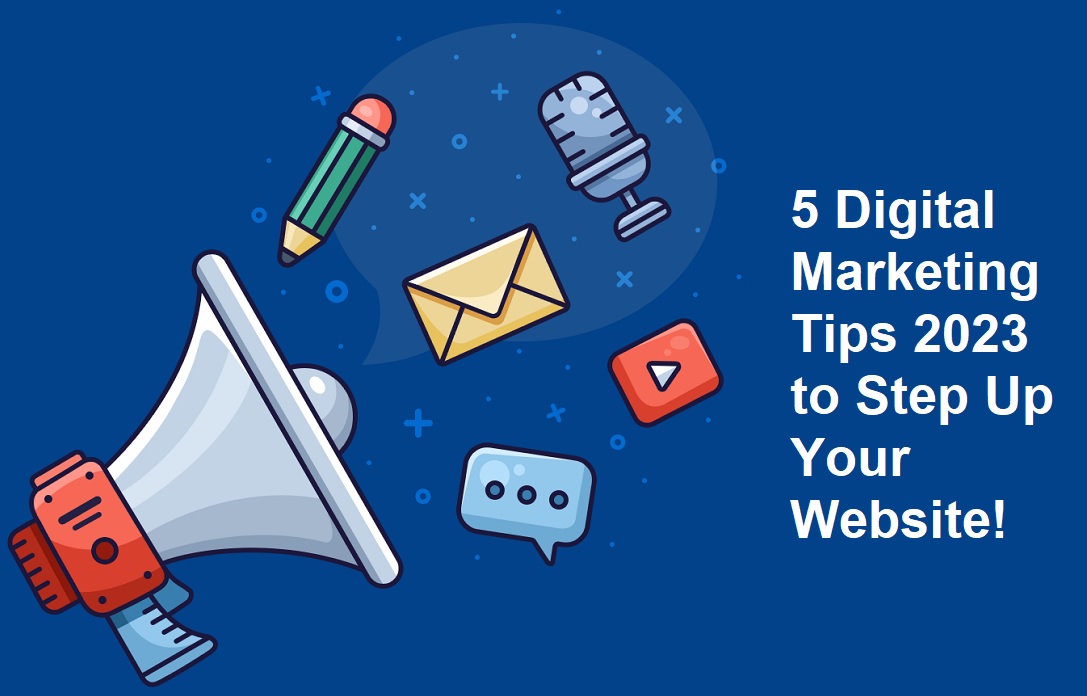Digital marketing is a huge trend that has been taking over the world for a couple of years now. It’s no longer just about having a website and putting up ads on social media. It’s an all-encompassing strategy that includes digital advertising, SEO, SEM, email marketing, content marketing, and more.
Digital marketing is the process of reaching potential customers through online channels, such as social media and email by trusted digital marketing agency Malaysia, the UK, and the USA. A digital marketing strategy often called "digital marketing mix" or "marketing mix" for short, refers to a set of coordinated digital marketing tactics used to promote a product or service.
Digital Marketing Strategy: Digital marketing strategy is an important part of digital marketing that helps you to plan your digital campaigns in a more organized way. It helps you to prioritize the channels and the tactics that are most likely to work for your business and how you want to position your company in the market.
Top 5 Digital Marketing Tips to Step Up Your Website
Digital marketing is the future of marketing. Keeping up with the ever-changing world of digital marketing can be a challenge. The digital marketing strategy is a plan that outlines how an organization will use digital channels to generate leads, establish customer relationships and drive revenue.
While many tactics are worth trying, some are not - and can even be counterproductive. Luckily, these tips can help you stay on top of the game. Use them to make sure you're always one step ahead of your competition.
1. Sign-up forms should be short and easy to fill out
Your sign-up form should be clear, simple, and easy to read. This means you should keep all the form fields to a minimum and focus on the mandatory information. This typically consists of name, email address, and billing information. Nowadays, visitors are asked for their personal information almost everywhere. As a result, data privacy is a major concern for many internet users. However, smart marketers design their sign-up forms with persuasion intent.
In addition, your sign-up form should be easy to read and fill out. The more fields your form has, the less likely your visitors will fill it out. For example, a sign-up form with two columns can confuse visitors and cause them to abandon it.
2. Offer discounts or early access to new products
One way to promote your business is to offer discounts or early access to new products. These offers are usually time-sensitive and encourage customers to buy your products before they are sold out. You can offer these discounts both online and in-store. Early access to new products can also boost brand awareness.
3. Optimize images for mobile devices
One of the most critical parts of any mobile-friendly website is image optimization. You need to ensure that your images load quickly and are the right size. Remember to test images on different devices. A mobile device's screen might be only four inches, and if your text is not resized properly, it will be difficult to read. Fortunately, there are tools to help you with image optimization that doesn't cost a cent.
Image resizing is a time-consuming task, but you can make the process easier by using tools like Imagify. These tools are built to optimize images for smaller screens and minimize file size without compromising quality. The result is a much faster mobile experience.
4. Optimize your website for conversions
Increasing the conversion rate of your website is a key to success. Conversion rate refers to the percentage of visitors who take positive action such as making a purchase, signing up for your email list, or using your product. By improving the user experience, you can increase your website's conversion rate. In addition, you can use various SEO techniques to increase the site's traffic and improve the quality of content.
Conversion rate optimization can improve your website's traffic and increase your ROI. It allows you to make the most out of your marketing budget and improve your customer experience. With better conversion rates, you spend less money on marketing. Conversion rate optimization also helps improve the user experience, which in turn makes your customers loyal.
5. Create a marketing funnel
To create a successful marketing funnel, you need to know which content will convert visitors and which will not. You can create content that is tailored to your specific business. Depending on your target audience, you can create a linear funnel or an hourglass funnel. You can also use micro-moments and PPC to reach a broader audience. To get the most out of your content, it is essential to optimize it and create customized landing pages.
Creating a marketing funnel can help your business attract new customers and generate leads for your sales team. It can help you understand your customers' journey and identify ways to best reach them. For example, you can develop branded search terms that include your company's name, as these terms have a decent volume and suggest a strong brand. Creating a marketing funnel starts with increasing brand awareness and generating traffic to your website. This phase is also called the top of the funnel. In this phase, you want to reach as many people as possible and test which ones convert the best. Consider the devices and habits of your target audience so that you can tailor your marketing funnel to them.








COMMENTS